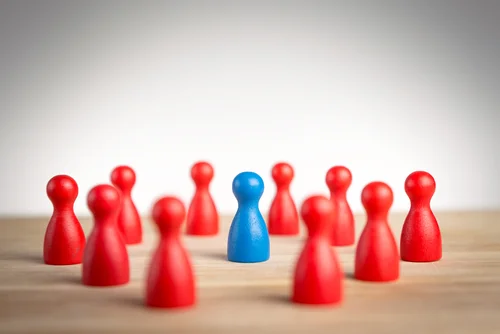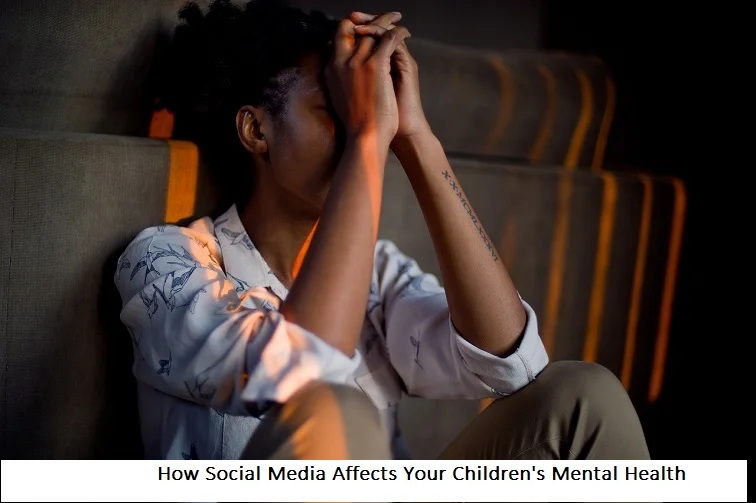+1 845 259 2974 (11 a.m to 7 p.m CST)
The Positive and Negative Side of Peer Pressure You Need to Know

Peer pressure, a pervasive force in social dynamics, exerts a profound influence on individuals, shaping their behaviors, choices, and perspectives. In this exploration, we delve into the intricate tapestry of peer pressure, unraveling six positive and negative impacts it can have on individuals during their formative years.
Positive Impacts:
1. Motivation and Goal Setting:
Positive peer pressure can serve as a motivational force, inspiring individuals to set and achieve ambitious goals. When surrounded by peers with a strong work ethic and determination, individuals are more likely to adopt similar values, fostering an environment where aspirations are encouraged and pursued collectively.
Example: A group of friends aspiring to excel academically may engage in study sessions together, motivating each other to achieve higher grades.
2. Development of Social Skills:
Peer interactions provide a natural laboratory for the development of social skills. Positive peer pressure encourages individuals to engage in constructive communication, build relationships, and develop empathy. These skills are invaluable for navigating various aspects of life, from personal relationships to professional collaborations.
Example: Being part of a drama club may encourage individuals to step out of their comfort zones, fostering confidence and effective communication skills.
3. Cultural and Intellectual Expansion:
Positive peer pressure can expose individuals to diverse perspectives, cultures, and intellectual pursuits. Engaging with peers who have varied interests broadens horizons, encouraging a more open-minded and culturally aware approach to life.
Example: Joining a multicultural club can expose individuals to different traditions, fostering a greater appreciation for diversity.
Negative Impacts:
1. Conformity and Identity Erosion:
Negative peer pressure often pushes individuals towards conformity, leading to an erosion of personal identity. The pressure to fit into a specific mold or adhere to certain standards can stifle authentic self-expression and hinder the exploration of individuality.
Example: A teenager may adopt a certain style or behavior to align with a popular clique, suppressing their true interests and personality.
2. Risky Behavior and Substance Abuse:
Perhaps the most concerning aspect of negative peer pressure is its association with risky behaviors and substance abuse. The desire for acceptance can lead individuals to engage in activities that pose serious threats to their well-being.
Example: The pressure to fit in at a party may lead someone to experiment with drugs or alcohol against their better judgment.
3. Academic Stress and Unhealthy Competition:
Negative peer pressure in academic settings can contribute to stress and unhealthy competition. Students may feel compelled to outperform their peers at any cost, leading to burnout and compromising the joy of learning.
Example: The fear of falling behind may drive students to resort to unethical practices like cheating.
Navigating the Impacts:
1. Developing Strong Self-Esteem:
Strengthening self-esteem is crucial for individuals facing the impact of peer pressure. Those with a solid sense of self-worth are better equipped to resist negative influences and make decisions aligned with their values.
Example: A person with high self-esteem is more likely to pursue personal interests, even if they differ from those of their peer group.
2. Building a Supportive Network:
Surrounding oneself with a positive and supportive peer network is essential for mitigating the negative impacts of peer pressure. Choosing friends who encourage personal growth and celebrate individuality provides a protective shield against detrimental influences.
Example: A supportive friend may discourage risky behavior and instead suggest alternative, healthier activities.
3. Effective Communication and Boundaries:
Open communication and the establishment of personal boundaries are key to resisting negative peer pressure. Individuals who can express their thoughts and limits assertively are better equipped to navigate social dynamics without compromising their well-being.
Example: Communicating discomfort with a certain activity helps set clear boundaries within a peer group.
Conclusion:
Peer pressure is a dynamic force that can either propel individuals towards positive growth or lead them down a path of detrimental choices. By understanding and navigating the impacts, individuals can harness the positive aspects of peer pressure while safeguarding their identity and well-being against its potential pitfalls. The key lies in cultivating resilience, fostering positive connections, and developing the self-awareness necessary to make informed and authentic choices.























